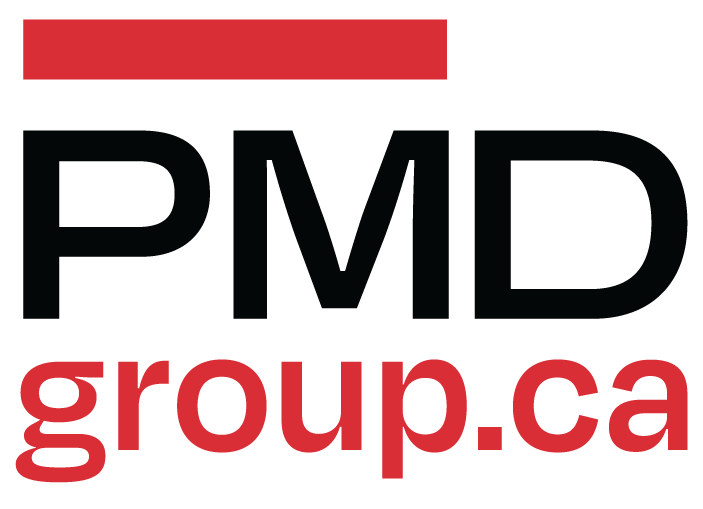Warranty Rate Negotiations
It’s only two months into the new year and six BrandSource members have already called, frustrated with manufacturers offering warranty rate increases of only 50 cents, although the inflation rate stands at 6.5%.
The key to any successful negotiation is being prepared. There are several preparations you need to make prior to contacting a manufacturer for your annual warranty rate increase.
First is knowing what it costs you to roll a truck for a service call.
Many assume it’s as simple as the technician’s wage and truck operating costs, but there are so many more costs to be considered. Consider all the expenses to operate the service department, broken down to an hourly amount, and apply a profit margin and your operational efficiency, as I have in the chart below. This will help you determine what warranty rate your company needs.
Second, know your service area and the distances you are prepared to drive for warranty service calls.
With high fuel costs, you should have a mileage component in every service agreement. A 20-mile radius around your shop is an excellent start. Any service calls beyond 20 miles should incur a mileage charge on top of the negotiated warranty rate per call. I would start at $1.50 and come down from there as necessary. Once you have a mileage clause in your contract, start using it on every warranty call beyond your radius, with no exceptions.
Third, don’t be afraid to use your sales department to your advantage while negotiating.
Have your sales manager participate in the negotiation with you and the manufacturer’s sales rep if possible. How much you sell, or stop selling, for each brand can have significant strength in negotiations. Some manufacturer sales reps have access to discretionary marketing funds that can often supplement low warranty rates when the service manager can’t move to the amount you need.
Fourth, consider the cost of servicing that brand along with profitability.
Factor in the ease of doing business, shipping and freight, co-op and back-end funds, rebates, return policies and the like. If Brand X has no other options but you, your negotiation just got much stronger. If you can’t negotiate a good deal, then it’s not worth doing warranty service for that brand. It’s OK to say no. After all, warranty service is the manufacturer’s responsibility, not the selling dealers’.
Finally, the increases they award are on merit, meaning the vendor must justify the rate increase.
There are several key performance indicators (KPIs) that the vendors use to rate you, including any or all of the following:
Your quality of service (QOS) score compared to the national average
Your parts usage per claim compared to the national average
Your repair turn around Time (RTAT) compared to the national average
Your first call completes (FCC) compared to the national average
Whether you will accept sealed system repairs
Whether you will take warranty calls on products purchased elsewhere
Your returns and product exchange requests compared to the national average
Customer satisfaction with your service experience (net promoter score).
Knowing your KPIs is to your advantage, and have an explanation for the numbers you don’t know.
Also, make sure your house is in order before contacting your regional service manager for each brand you do warranty for. If a manufacturer offers you an $84 warranty call rate, you can’t just demand more without justification. And if your current COD or cash call rate is listed at $99 for a service trip fee and you’re looking for a higher warranty rate than your COD rate, you’re going to have some explaining to do. Be prepared before asking a manufacturer for a warranty rate increase.
